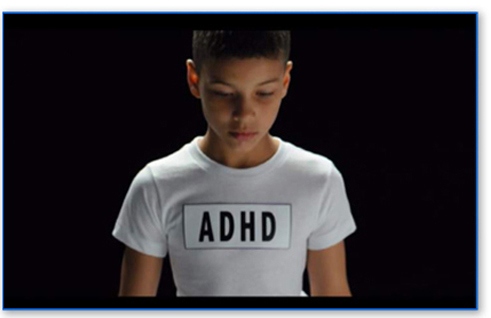New York Times – October 13, 2011
by Dr. Peter Breggin
The drugging of children for A.D.H.D. has become an epidemic. More than 5 million U.S. children, or 9.5 percent, were diagnosed with A.D.H.D. as of 2007. About 2.8 million had received a prescription for a stimulant medication in 2008.
The A.D.H.D. diagnosis does not identify a genuine biological or psychological disorder. The diagnosis, from the 2000 edition of the “Diagnostic and Statistical Manual of Mental Disorders,” is simply a list of behaviors that require attention in a classroom: hyperactivity (“fidgets,” “leaves seat,” “talks excessively”); impulsivity (“blurts out answers,” “interrupts”); and inattention (“careless mistakes,” “easily distractible,” “forgetful”). These are the spontaneous behaviors of normal children. When these behaviors become age-inappropriate, excessive or disruptive, the potential causes are limitless, including: boredom, poor teaching, inconsistent discipline at home, tiredness and underlying physical illness. Children who are suffering from bullying, abuse or stress may also display these behaviors in excess. By making an A.D.H.D. diagnosis, we ignore and stop looking for what is really going on with the child. A.D.H.D. is almost always either Teacher Attention Disorder (TAD) or Parent Attention Disorder (PAD). These children need the adults in their lives to give them improved attention.
Stimulant drugs “work” by suppressing all spontaneous behavior in normal children — and even in chimpanzees and other animals. This suppression of behavior and production of compulsive activities looks like an improvement in a classroom or home where the child has seemed uncontrollable and required a great deal of attention. The drugs do nothing to improve learning or psychosocial development. I document these observations in many scientific articles and books, most recently in the second edition of my medical textbook “Brain-Disabling Treatments in Psychiatry.”
Drug company marketing has focused on selling the diagnosis and the drugs to American parents and teachers.
 Why are the A.D.H.D. diagnosis and the use of stimulants so prevalent in America? The idea that American children are somehow genetically or even culturally predisposed has no scientific or common sense basis. For several decades, starting in the 1970s, drug-company marketing has focused on selling the diagnosis and the drugs to American parents and teachers. As I first documented in my book “Toxic Psychiatry” in 1971, “Astroturf” organizations like Children and Adults with Attention-Deficit/Hyperactivity Disorder and National Alliance on Mental Illness masquerade as representing families while taking millions of dollars from drug companies in support of their promotion of psychiatric medication for children. The National Institute of Mental Health, the American Psychiatric Association and even the American Neurological Association have promoted the A.D.H.D. diagnosis and stimulant medication, which leads to considerable business for mental health clinicians.
Why are the A.D.H.D. diagnosis and the use of stimulants so prevalent in America? The idea that American children are somehow genetically or even culturally predisposed has no scientific or common sense basis. For several decades, starting in the 1970s, drug-company marketing has focused on selling the diagnosis and the drugs to American parents and teachers. As I first documented in my book “Toxic Psychiatry” in 1971, “Astroturf” organizations like Children and Adults with Attention-Deficit/Hyperactivity Disorder and National Alliance on Mental Illness masquerade as representing families while taking millions of dollars from drug companies in support of their promotion of psychiatric medication for children. The National Institute of Mental Health, the American Psychiatric Association and even the American Neurological Association have promoted the A.D.H.D. diagnosis and stimulant medication, which leads to considerable business for mental health clinicians.
As the American market gets saturated, promotional efforts are increasing in other countries, like Canada, Britain, Australia and Germany, which are also experiencing increased rates of diagnosing and drugging children. In Australia, the controversy has been especially heated in recent years. Everywhere that A.D.H.D. and stimulants are promoted, they substitute for needed modern reforms in education and family life.
In all cases of so-called A.D.H.D., the diagnosis is harmful. The child instead needs a real medical and psychosocial educational evaluation, and usually the child will quickly respond to improved teaching and parenting. We are diagnosing and drugging millions of our children instead of providing them the improved educational and family life that they truly need.
Peter R. Breggin, a psychiatrist in Ithaca, N.Y., is the author of more than 20 books



SHARE YOUR STORY/COMMENT